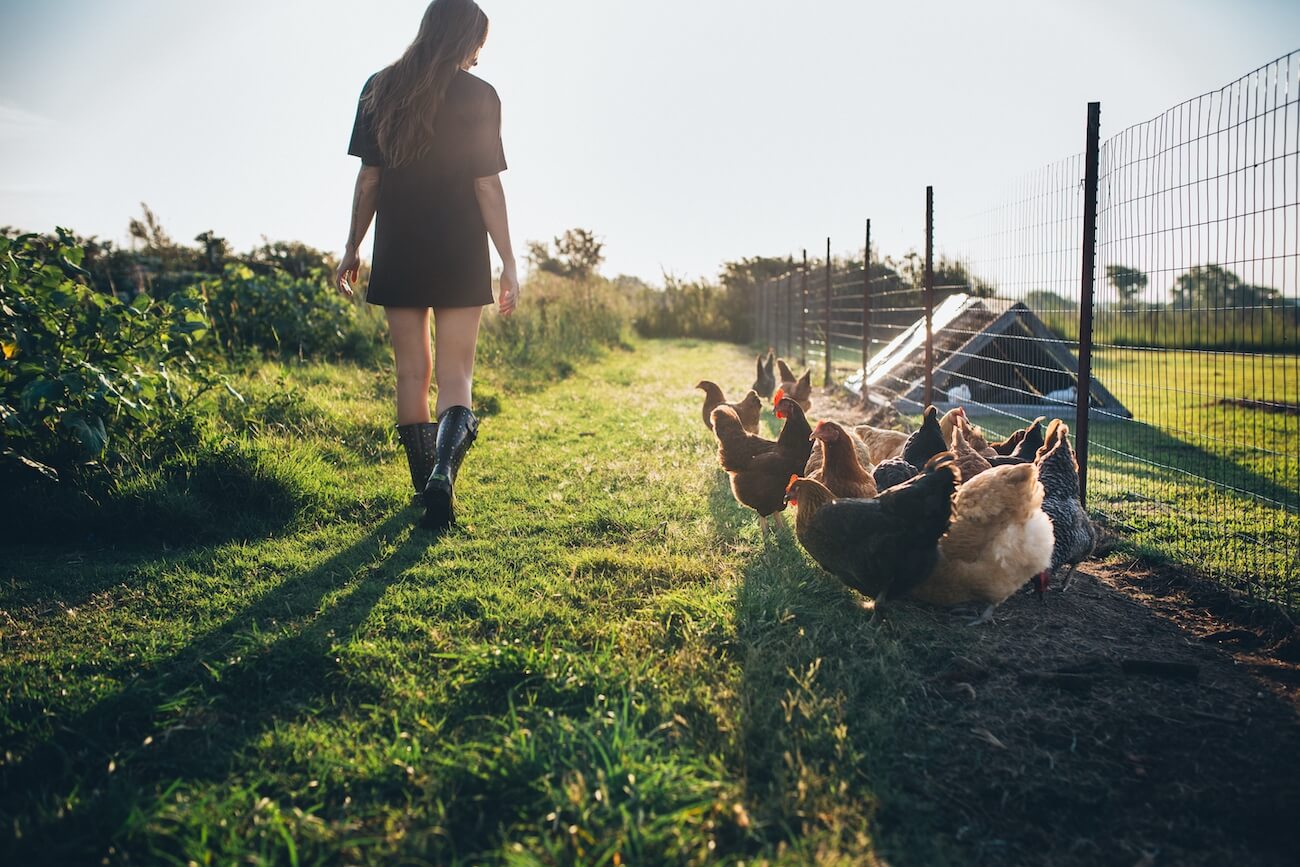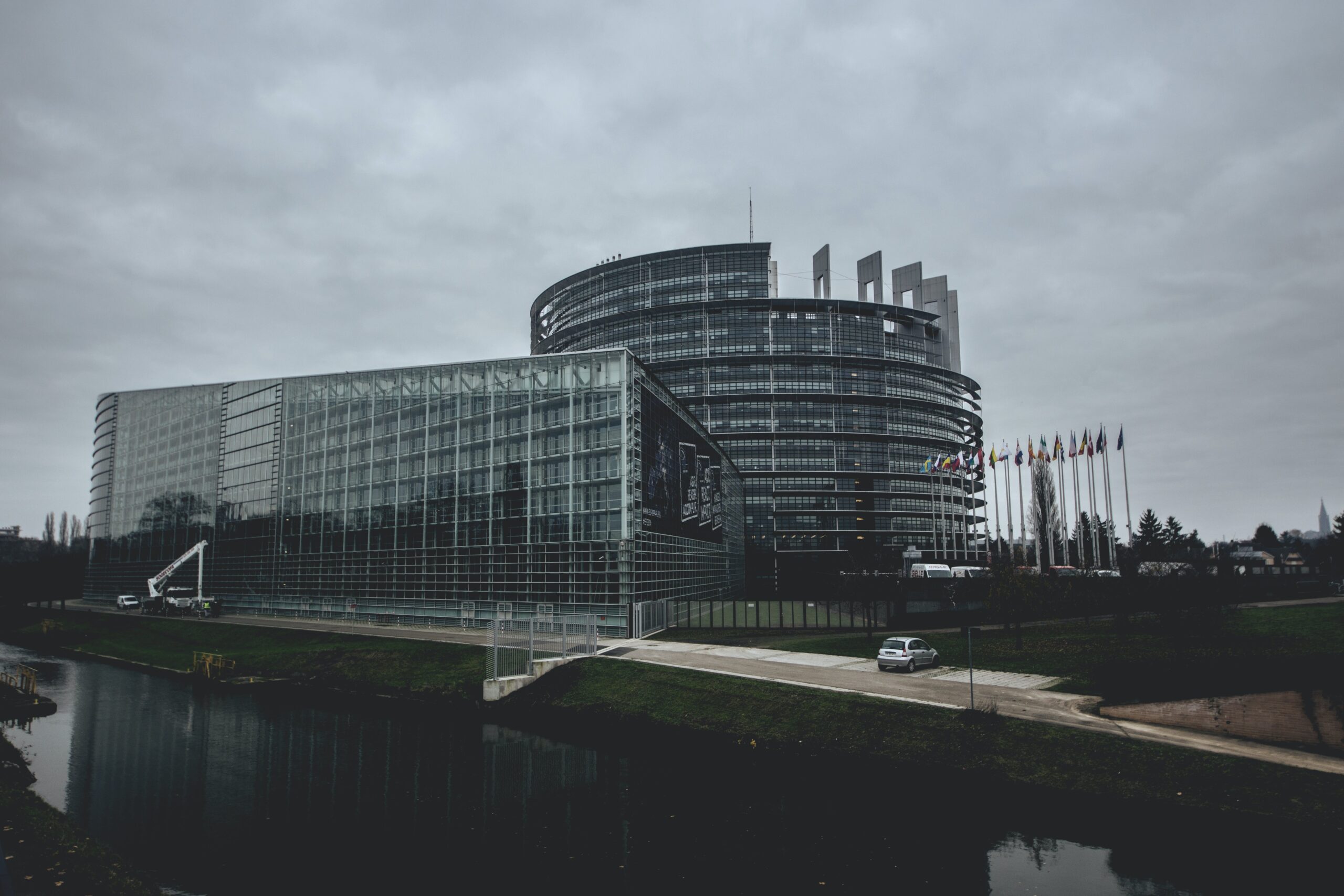The conflict between sustainability and affordability is a genuine issue, particularly for those who wish to embrace eco-friendly habits but are constrained by financial barriers. Many sustainable products and practices appear expensive, making it difficult for the average person to fully engage in this lifestyle. This imbalance prompts a crucial question: is the current drive for sustainability unintentionally excluding lower-income people?
We would say yes and no at the same time. The reality is that adopting a fully sustainable lifestyle requires significant effort, time, and financial resources. Recognizing this challenge is a crucial first step in making sustainability more inclusive and fostering long-term change.
A Study from Euromonitor International’s Voice of the Consumer carried out in early 2023 paints a clear picture of the current mindset toward eco-friendly living. Consumers around the globe are more aware than ever of the urgent need to protect our planet. There’s a strong willingness to make choices that align with sustainable values, showing that the desire for greener lifestyles is alive and well.
Of course, there is a common question: Why do sustainable products have a higher price tag? Let us explain some of the reasons.
Costly production methods: Making sustainable products often involves pricier, less efficient techniques that put the planet first. This means using top-quality, ethically sourced materials and investing in eco-friendly technologies.
Limited production runs: Eco-friendly goods are usually made in smaller quantities, which drives up the cost per unit compared to the mass-produced, budget-friendly options.
Green certifications: Earning those eco-badges and meeting tough environmental standards isn’t cheap, and that added expense gets reflected in the final price.
Though sustainable products are often more expensive, their higher cost is justified by the long-term benefits they offer to the environment, society, and consumers. Buying these items means investing in quality materials, ethical practices, and a greener future. As demand grows, prices are likely to become more affordable.
A good example of price development in organic food is organic and plant-based milk. In early 2000s, it cost about $6 to $8 per gallon, roughly double the price of conventional milk. As demand grew in the 2010s, organic milk prices stabilized to around $5 to $6 per gallon. By the 2020s, the price gap continued to narrow, with organic milk now costing about $4 to $5 per gallon, compared to $3 to $4 for conventional milk. Increased demand and large-scale production have made organic milk and products more affordable over time. This trend is similar for the other organic foods and drinks.
We, as a tool for transparent communication, also deal with the questions that our clients ask themselves. We often encounter that our clients as well as big brands are thinking about how to set up a pricing strategy that supports their business, but at the same time does not discourage their potential customers. It’s a huge dilemma that sustainable brands are dealing with, but understand that not everyone is willing to pay more.
We understand that we cannot solve this problem in one blog post, but we believe that it is possible to combine sustainability with accessibility. Not everyone has to live ecologically in all aspects right away, but together with education we can move forward. Because even small steps are important.



